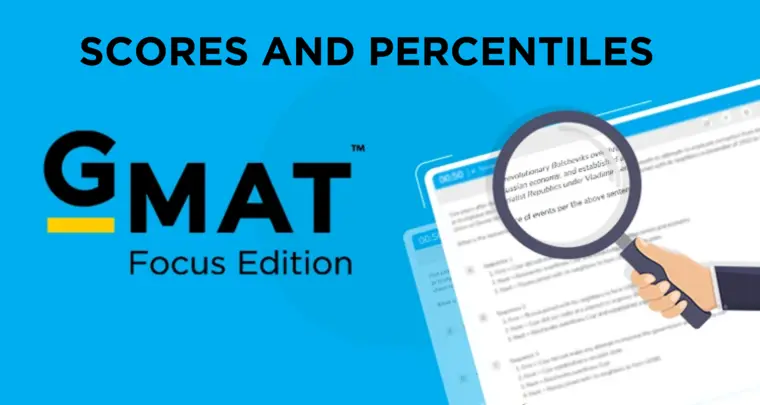Question: Club X has more than 10 but fewer than 40 members. Sometimes the members sit at tables with 3 members at one table and 4 members at each of the other tables, and sometimes they sit at tables with 3 members at one table and 5 members at each of the other tables. If they sit at tables with 6 members at each table except one and fewer than 6 members at that one table, how many members will be at the table that has fewer than 6 members?
Options:
- A. 1
- B. 2
- C. 3
- D. 4
- E. 5
Solution Section:
Solution:
- Translate the problem requirements: We need to find the number of club members (between 10 and 40) that satisfies two different seating arrangements, then determine the remainder when divided by 6
- Set up divisibility conditions from seating scenarios: Convert each seating description into mathematical constraints about remainders
- Find the pattern intersection: Identify which numbers satisfy both remainder conditions simultaneously
- Apply the final constraint: Calculate what remainder results when dividing by 6
Execution of Strategic Approach
- Translate the problem requirements Let’s start by understanding what we know. Club X has between 10 and 40 members (more than 10, fewer than 40). We need to find how many people this club actually has, and then figure out what happens when they try a third seating arrangement.
Let’s call the total number of members ‘n’. So we know: 10 < n < 40.
We’re told about two different seating scenarios that work for this club, and we need to find what happens in a third scenario.
Process Skill: TRANSLATE – Converting the word problem into mathematical constraints
- Set up divisibility conditions from seating scenarios Now let’s think about what each seating arrangement tells us:
First scenario: “3 members at one table and 4 members at each of the other tables” This means if we seat 3 people first, the remaining people can be divided into groups of 4 with no one left over. In plain English: n – 3 must be divisible by 4 Mathematically: n – 3 ≡ 0 (mod 4), which means n ≡ 3 (mod 4)
Second scenario: “3 members at one table and 5 members at each of the other tables” Similarly, if we seat 3 people first, the remaining people can be divided into groups of 5 with no one left over. In plain English: n – 3 must be divisible by 5 Mathematically: n – 3 ≡ 0 (mod 5), which means n ≡ 3 (mod 5)
- Find the pattern intersection We need a number that satisfies both conditions:
- When divided by 4, it leaves remainder 3
- When divided by 5, it leaves remainder 3
Let’s check numbers between 10 and 40 that leave remainder 3 when divided by 4: 11, 15, 19, 23, 27, 31, 35, 39
Now let’s see which of these also leave remainder 3 when divided by 5:
- 11 ÷ 5 = 2 remainder 1 ❌
- 15 ÷ 5 = 3 remainder 0 ❌
- 19 ÷ 5 = 3 remainder 4 ❌
- 23 ÷ 5 = 4 remainder 3 ✓
- 27 ÷ 5 = 5 remainder 2 ❌
- 31 ÷ 5 = 6 remainder 1 ❌
- 35 ÷ 5 = 7 remainder 0 ❌
- 39 ÷ 5 = 7 remainder 4 ❌
So the club has 23 members!
Process Skill: APPLY CONSTRAINTS – Systematically checking which numbers satisfy both conditions
- Apply the final constraint Now we need to answer the actual question: “If they sit at tables with 6 members at each table except one and fewer than 6 members at that one table, how many members will be at the table that has fewer than 6 members?”
This is asking: when we divide 23 by 6, what’s the remainder?
23 ÷ 6 = 3 remainder 5
Let’s verify: 3 × 6 + 5 = 18 + 5 = 23 ✓
This means they can fill 3 complete tables of 6 people each (18 people), and the remaining table will have 5 people.
Final Answer The table that has fewer than 6 members will have 5 members.
The answer is (E) 5.
Common Faltering Points
Errors while devising the approach
- Misinterpreting the seating arrangements as exact constraints rather than divisibility conditions Students often think “3 members at one table and 4 members at each of the other tables” means there must be exactly one table of 3 and some number of tables of 4. They fail to recognize this translates to a modular arithmetic condition: n ≡ 3 (mod 4). This leads them to set up incorrect equations instead of recognizing the remainder patterns.
- Overlooking the range constraint Students may focus so heavily on the seating arrangements that they forget the crucial constraint “more than 10 but fewer than 40 members.” This constraint is essential for narrowing down the possible values and finding the unique solution.
- Confusing what the question is actually asking The question asks about a third seating scenario (tables of 6), but students might get confused and think they need to find something about the first two scenarios. They may also misread “fewer than 6 members at that one table” and think it’s asking for the number of tables rather than the number of people at the incomplete table.
Errors while executing the approach
- Computational errors when checking remainders When systematically checking which numbers satisfy both n ≡ 3 (mod 4) and n ≡ 3 (mod 5), students frequently make division errors. For example, they might incorrectly calculate 23 ÷ 5 = 4 remainder 4 instead of 4 remainder 3, leading them to reject the correct answer.
- Incomplete systematic checking Students may start checking numbers correctly but give up too early or skip numbers in their list. They might check only a few values like 11, 15, 19 and conclude no solution exists, missing 23 which appears later in the sequence.
- Mixing up the modular arithmetic conditions Students might correctly identify that they need n ≡ 3 (mod 4) and n ≡ 3 (mod 5) but then accidentally check n ≡ 4 (mod 3) or other incorrect combinations, especially when working quickly under time pressure.
Errors while selecting the answer
- Providing the total number of members instead of the remainder After correctly finding that the club has 23 members, students might select 23 as their answer, forgetting that the question asks specifically for how many members will be at the table with fewer than 6 members (which is the remainder when 23 is divided by 6).
- Calculating the number of complete tables instead of the remainder When dividing 23 by 6, students correctly find 23 = 3 × 6 + 5 but then select 3 (the number of complete tables) instead of 5 (the number of people at the incomplete table).














